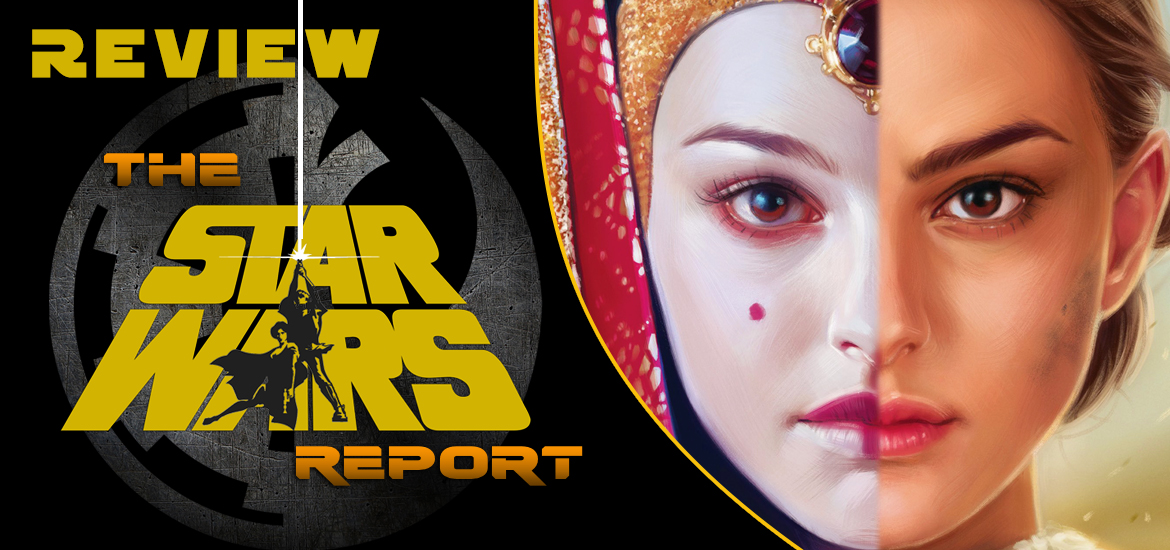Attack of the Clones vaulted all of the characters from The Phantom Menace forward by ten years, leaving a gap for fans to wonder what happened in that time period to each of them that returned. One of the biggest changes was for Padmé, who had gone from being Queen of Naboo to its representative in the Galactic Senate on Coruscant. E.K. Johnson has now given fans something they have wanted for years, a book devoted to Padmé, her handmaidens and the time transitioning from planetary to galactic politics.
Connections
The strongest point of Queen’s Shadow is the way Johnson is able to flesh out the relationships that we see Padmé have with other senators in The Clone Wars as well as Attack of the Clones and Revenge of the Sith. In The Clone Wars, we were introduced to people from Padmé’s early days as a senator like Rush Clovis and Mina Bonteri, which Johnson is able to finally illuminate their first interactions. There is little more exciting than seeing the connective tissue between the films and the animated series made tighter.
Other relationships from the senate are highlighted as well. We are shown why Bail Organa and Mon Mothma become some of Padmé’s closest allies in the senate. It goes a long way to understanding just how close the Organa’s were to Padmé, so that when they take Leia as their daughter in Revenge of the Sith, you can think of no one better to raise her. It also helps with understanding why Leia would feel like she felt her mother as a very young child, since her mother had been to Alderaan and stayed in the palace before, which one assumes was not just a one time visit.
Johnson is also able to make the connections to the milieu of galactic politics which leads to what is seen in Episodes II and III. She shows the way that Palpatine is already starting to control things, behind the scenes, as he keeps Padmé away from the anti-slavery committee, knowing that if she’s there, she’ll move things in a direction he doesn’t want. Johnson also shows how relevant the Prequels are as she accentuates the problems of galactic politics that’s swayed more by factions, news outlets and self interest more than what is right.
The last major connection is that of the handmaidens. Johnson is finally able to show the interworking of this group that should satisfy the most ardent Padmé fan. The way this group to talented and dedicated women work together to protect and take care of Padmé and each other is inspiring.
The Book
By the end of the book, the story does come together well, but the way that it gets there is not as cohesive as it could be. Even half way through the book, it seems to lack a clear through-line, story wise. In many ways, it feels more like vignettes from Padmé’s first year as a senator than a connected story. The thematic elements of Padmé transforming from queen to senator are there and done well, but something just feels like it’s missing.
The best example of this is the story about slavery on Tatooine, which feels like it will be a major thrust of the story early on and then just peters out unsatisfyingly. The book also has an ending that makes you think there will be a sequel, but also doesn’t feel like it fits completely with how the main trust of the story wrapped up.
In all, Queen’s Shadow is an enjoyable read that allows fans the opportunity to understand better the character of Padmé, who she is in The Clone Wars and beyond. In fact it even helps lay the foundations for her emotionally, that explain the why and the how of her relationship with Anakin. It’s this, on top of the connections made with other parts of the Prequel era that lead to a rating of 3 out of 5 stars.
Author: Matt Rushing
Matthew Rushing is the host of Trek.fm‘s The 602 Club and co-host of TheNerdParty.com‘s AggressiveNegotiations: A Star Wars Podcast. He can be found on Twitter @mattrushing02.

[…] This review originally appeared on The Star Wars Report. […]